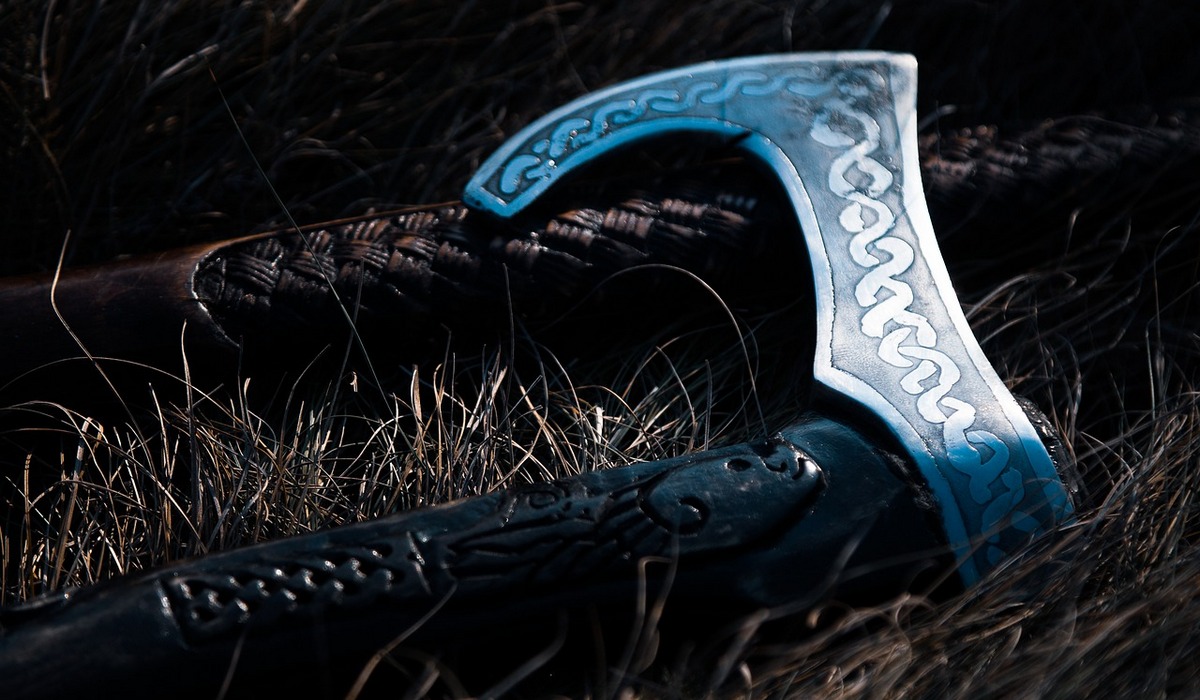
Another version of the missing Vikings from Greenland
Another version of the disappearance of the Vikings from Greenland
Report of Icelandic scientists published in Science contains a new version that reveals the reasons for the sudden disappearance of the Viking population from the island.
It is known that the Vikings had sailed to North America 600 years before Columbus, and even founded colonies there, though not many.
On their way to the New World, they also colonized island Iceland and Greenland. The main goal of these warlike people was to seize as much booty as possible and to establish settlements with their own administration on the occupied territories to replace the destroyed local ruling elite.
On the southeast coast of Greenland warriors of King Eric the Red landed in the early 980s. The settlement they founded was a traditional Viking village, independent of other konungs and kings.
The natives of the island, the Eskimos, were at the level of primitive communal relations and could not stand up to the conquerors in numbers, organization, or arms. Thus, in terms of political security, Greenland was an ideal place for the Scandinavians.
In climatic terms, Greenland is a harsh region, but not much harsher than Norway and Sweden, where the settlers came from. The Vikings were well adapted to living in the Far North.
Despite the rather favorable living conditions, the Vikings disappeared from the island almost overnight in the 15th century. In the forties of the 16th century, the crew of a ship that docked near the settlement found not a single living soul.
What caused such a sudden disappearance?
For decades, historians have tried to unravel the mystery. Is it possible that people died out because of a sudden and abrupt cold snap? Or perhaps as a result of a meteorite fall like the one that, according to some researchers, wiped out the dinosaurs? Or from a volcanic eruption?
Actually, none of the above. The Vikings, who moved to Greenland from Iceland in the 10th century, hunted walrus extensively for five hundred years. Walrus meat was used as food, but even more valuable were walrus tusks, a kind of equivalent to ivory.
Walrus tusks were used to make jewelry and other luxury items in medieval Europe. Viking ships, laden with walrus bone, returned with holds full of iron, so necessary for the warrior people living far away from the centers of metallurgy.
Having slaughtered all the walruses on the coast of the island they settled, the Vikings were left destitute (and without food!) and had to leave the Greenland shores.